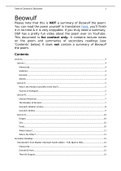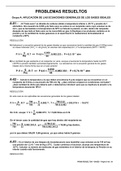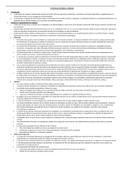College aantekeningen
Beowulf
- Instelling
- Rijksuniversiteit Groningen (RuG)
- Boek
- Klaeber\'s Beowulf
This document contains various lecture notes, summaries of other texts in the Beowulf manuscript, and summaries of secondary literature, including the introduction to Klaeber's Beowulf (4th edition). It does not contain a summary of the poem itself, but should be used as a way to get more context ...
[Meer zien]








